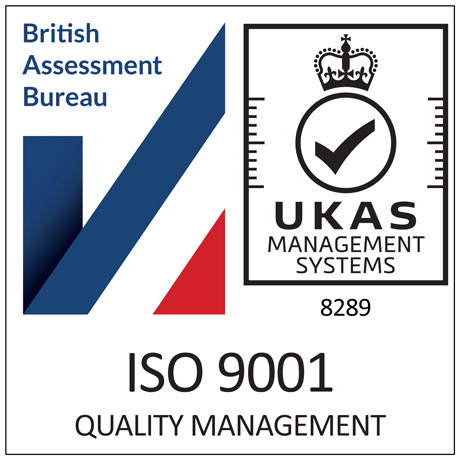For Every £1 Spent On Telemarketing
– £11 Of Revenue Is Generated
DMA (Direct Marketing Association)
So when faced with the decision of whether or not to take the leap into outsourced B2B telemarketing, here are some pointers that may help you decide…
More and more companies are recognising the need for outsourcing their B2B telemarketing because it has become such a specialist skill. So much so, internal team members can struggle to learn the competencies and disciplines associated with successful, systematic B2B telemarketing. Often doing it in-house, at best works for a while, and then quickly loses its effectiveness.
Business to business (B2B) marketing is very different to business to consumer (B2C) marketing (which here at Blue Donkey we have never and would never engage in). In B2B marketing, sales values are generally much higher, sales cycles are longer, data volumes are lower, and competition is tougher as most B2B markets have some form of saturation, therefore each record is precious and the call needs to be exceptional.













